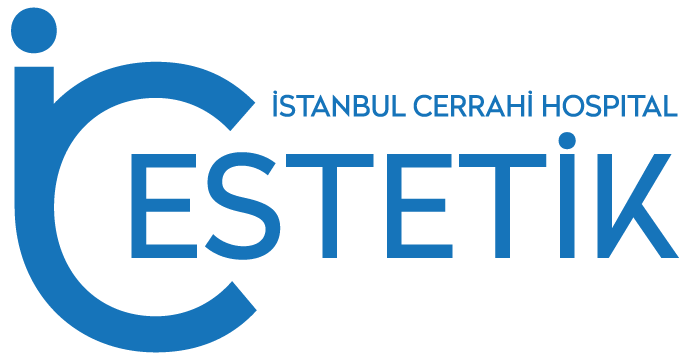Eyelid surgery, also known as blepharoplasty, is a cosmetic procedure aimed at rejuvenating the appearance of the eyelids by removing excess skin, fat, and muscle. While the surgery can effectively address concerns such as droopy eyelids, puffiness, and under-eye bags, proper post-operative care is crucial for a smooth and speedy recovery process. In this article, we will explore the timeline and essential considerations for recovery after eyelid surgery, including managing swelling, edema, and promoting faster healing.
How Long Is Recovery After Eyelid Surgery?
The recovery period following eyelid surgery varies from person to person, but typically, patients can expect to see significant improvement within the first two weeks post-surgery. However, full recovery may take several weeks to months, during which time residual swelling and bruising gradually diminish.
How Does Healing Happen After Eyelid Surgery?
Recovery after eyelid surgery typically follows a gradual timeline, with varying degrees of discomfort, swelling, and bruising in the initial days and weeks post-procedure. Here’s a general overview of what to expect during the recovery process
- Immediate Postoperative Period (Days 1-2): Immediately after eyelid surgery, you may experience mild to moderate discomfort, swelling, and bruising around the eyes. Your surgeon may prescribe pain medication to manage any discomfort. It’s essential to keep your head elevated while resting to reduce swelling.
- First Week: Swelling and bruising are expected to peak within the first 48 hours after surgery and gradually subside over the following days. You may also experience temporary blurred vision or sensitivity to light. Cold compresses can help alleviate swelling, and it’s crucial to avoid strenuous activities and heavy lifting during this time.
- Second Week: By the end of the second week, most of the swelling and bruising should have resolved, although some residual swelling may persist. Your stitches may be removed during a follow-up appointment with your surgeon. You may gradually resume light activities but should still avoid vigorous exercise or activities that could strain the eyes.
- Weeks 3-4: At this stage, the majority of the swelling should have subsided, and you may notice significant improvement in the appearance of your eyelids. However, it’s essential to continue following your surgeon’s post-operative care instructions, including avoiding rubbing or touching the eyes and wearing sunglasses to protect them from sun exposure.
- Months 1-3: Full recovery from eyelid surgery typically takes several weeks to months. While the visible signs of surgery may have diminished by this time, the healing process continues internally. It’s essential to attend all follow-up appointments with your surgeon to ensure proper healing and address any concerns that may arise.
- Throughout the recovery process, it’s crucial to maintain good overall health, including a balanced diet, staying hydrated, and getting adequate rest. Following your surgeon’s post-operative care instructions diligently can help ensure a smooth recovery and optimal results from your eyelid surgery. If you experience any unusual symptoms or complications during your recovery, be sure to contact your surgeon promptly for guidance and assistance.
What Should You Pay Attention to After Eyelid Aesthetics?
After undergoing eyelid surgery, it’s essential to follow your surgeon’s post-operative instructions diligently to ensure optimal healing and minimize complications. Here are some key considerations to keep in mind
Swelling After Eyelid Surgery
Swelling is a common side effect of eyelid surgery and typically peaks within the first 48 hours after the procedure. To reduce swelling, apply cold compresses gently to the eyes and keep your head elevated while resting.
Edema After Eyelid Surgery
Edema, or fluid retention, may also occur following eyelid surgery. To alleviate edema, avoid salty foods and excessive sodium intake, as these can contribute to fluid retention. Instead, opt for a balanced diet rich in fruits, vegetables, and lean proteins to support the healing process.
What Can I Do to Recover Faster?
While the body’s natural healing process plays a significant role in recovery after eyelid surgery, there are steps you can take to promote faster healing and enhance your overall well-being
Eat Nutritiously
A balanced diet consisting of vitamins, minerals, and antioxidants is essential for supporting tissue repair and minimizing inflammation. Incorporate foods rich in vitamin C, vitamin E, and omega-3 fatty acids, such as citrus fruits, nuts, seeds, and fatty fish, into your diet to accelerate healing.
Rest Your Eyes
Allowing adequate rest and avoiding strenuous activities, such as heavy lifting and vigorous exercise, is crucial during the initial stages of recovery. Resting your eyes helps minimize strain and promotes optimal healing of the delicate eyelid tissues.
Protect Your Eyes
Protecting your eyes from sun exposure and environmental irritants is vital for preventing complications and promoting healing after eyelid surgery. Wear sunglasses with UV protection when outdoors and avoid rubbing or touching your eyes to reduce the risk of infection or injury.
In conclusion, recovery from eyelid surgery requires patience, diligence, and proper self-care. By following your surgeon’s recommendations and adopting healthy lifestyle habits, you can ensure a smooth and successful recovery process, ultimately achieving the desired results of your eyelid aesthetics journey.

